 From the dawn of humankind to a mere 400 years ago, all that we knew about our universe came through observations with the naked eye. Then Galileo turned his telescope toward the heavens in 1610.
From the dawn of humankind to a mere 400 years ago, all that we knew about our universe came through observations with the naked eye. Then Galileo turned his telescope toward the heavens in 1610.
In the centuries that followed, telescopes grew in size and complexity and, of course, power. They were placed far from city lights and as far above the haze of the atmosphere as possible. Edwin Hubble, for whom the Hubble Telescope is named, used the largest telescope of his day in the 1920s at the Mt. Wilson Observatory near Pasadena, Calif., to discover galaxies beyond our own.
But according to our speaker on July 13, retired Lockheed Martin senior staff engineer Tom Styczynski, all that changed dramatically in April of 1990 when the Hubble Space Telescope was launched, marking the first significant advancement in astronomy since Galileo’s telescope.
In a talk entitled The Hubble Telescope: Insights From A Former Hubble Engineer, Styczynski provided Rotarians and guests with a detailed account of the long and complex development process of the telescope, and particularly of his own very important role, in what has turned out to be a very successful endeavor. Styczynski was intimately involved in numerous ways during the 1980s and even after the launch before he went on to other projects.
The Hubble was the first major optical telescope to be placed in space, the ultimate mountaintop. Above the distortion of the atmosphere, far above rain clouds and light pollution, the Hubble has an unobstructed view of the universe. Scientists have used Hubble to observe the most distant stars and galaxies as well as the planets in our solar system.
And now, thanks to four servicing missions and more than 25 years of operation, our view of the universe and our place within it has never been the same. The Hubble is expected to remain in service until the middle of the next decade.
